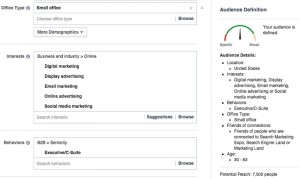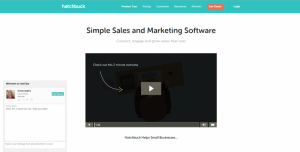Advertisers on the Google UK platform will pay an additional 2% levy on top of their advertising spend effective 1st November 2020.
The new UK Digital Services Tax is a charge on revenues made by businesses that provide social media services, search engine, or online marketplaces to UK-based users. The intention is to capture revenue generated in the digital world by large foreign companies. The tax is only chargeable for large businesses with global revenues of more than £500 million, of which £25 million is attributable to UK sales.
It is intended to be a temporary tax, to be replaced by a comprehensive global taxation solution to what is clearly a global challenge.
Google has announced that from the 1st November it will be passing the cost of the UK 2% tax directly onto their advertisers. In other words, Google will increase the cost of the advertising products and make the advertisers pay the cost.
For advertisers in Austria and Turkey, the tax is 5%.
“Digital service taxes increase the cost of digital advertising. Typically, these kinds of cost increases are borne by customers and, like other companies affected by this tax, we will be adding a fee to our invoices, from November. We will continue to pay all the taxes due in the UK, and to encourage governments globally to focus on international tax reform rather than implementing new, unilateral levies.”
The tax will appear as UK DST Fee on Google invoices. The DST is not a tax on the online of goods, and will only apply to Google revenues earnt from intermediating such sales, not from making the sale iteself.
The tax is applicable to Google Ads and YouTube advertising but does not apply to DV360, Google’s demand-side advertising platform powered by programmatic advertising purchased via online auctions
Amazon has already announced it will be passing the cost of the tax onto the sellers on the Amazon platform, whereas eBay has announced it will be absorbing the cost themselves. Further announcements are expected from Facebook.
Your options as a Google advertiser
A 2% tax on your marketing spend will have a significant impact on your marketing budget, and there are two ways in which you can manage this increased cost:
Keep your advertising spend the same
In this scenario, you maintain your existing advertising campaigns, and add the cost of the tax to your budget. Keep in mind the same level of advertising will result in an overall increase in spend of 2%. The benefit, of course, is that you retain the same visibility with your advertising, but you are likely to find your ROAS (return on ad spend) will be impacted by the tax. You will notify budget holders or other financial stakeholders of the increase in cost.
Adjust your advertising spend to incorporate the tax
If you are working within strict budget constraints, it might be necessary to adjust your advertising spend down in order to accommodate the new tax, which of course will also result in a decrease in your advertising visibility.
The tax is now a reality
The DST is intended to be a temporary tax, but the legislation does not include a “sunset” clause indicating when it will end. There is a commitment to review the tax again in 2025… so in the meantime it is time to be planning for the tax in your marketing budget
Digital & Social Articles on Business 2 Community
(58)
Report Post






